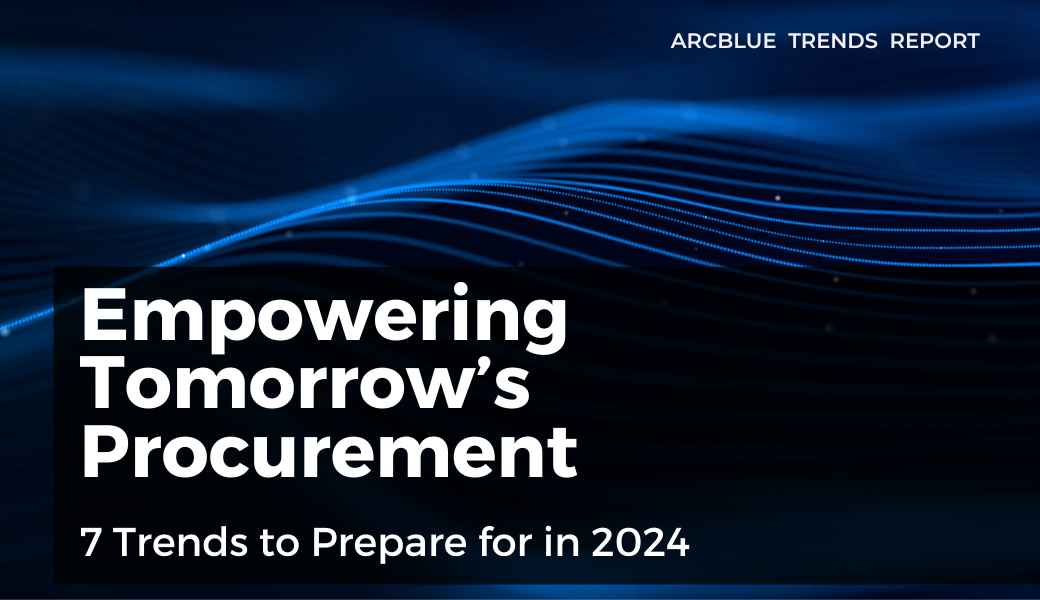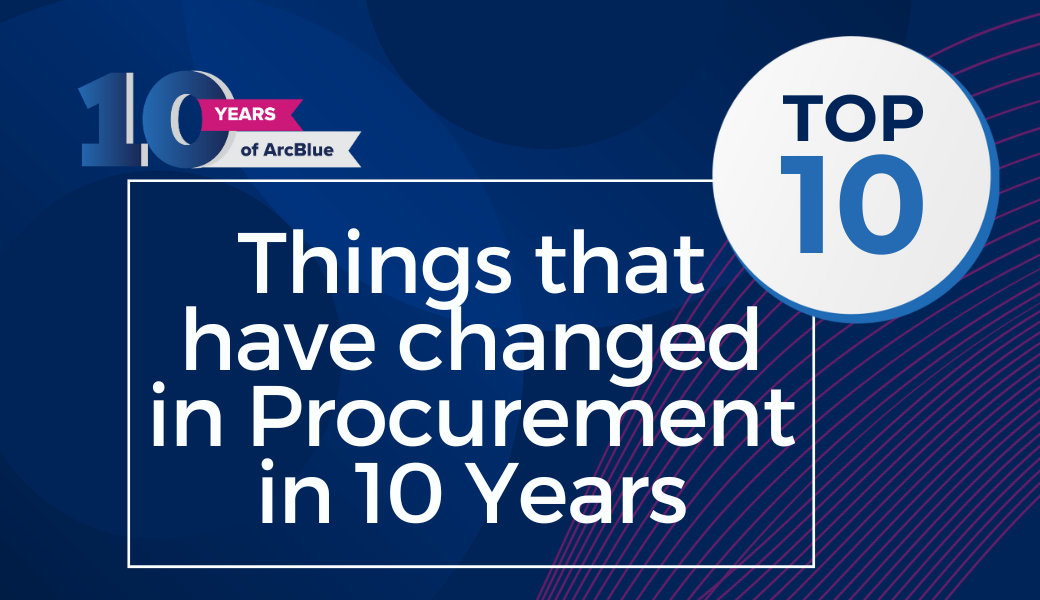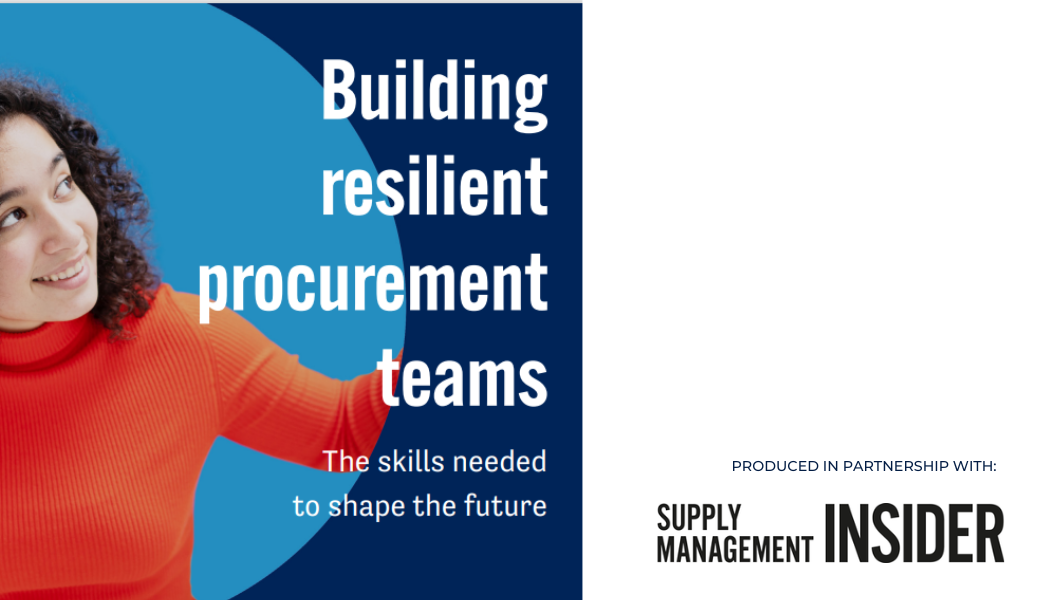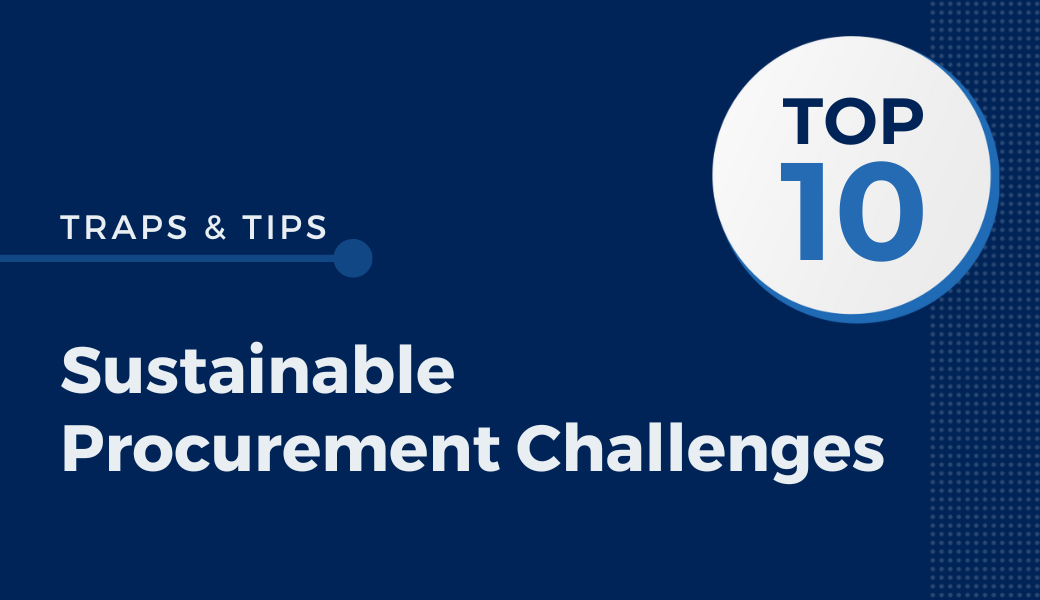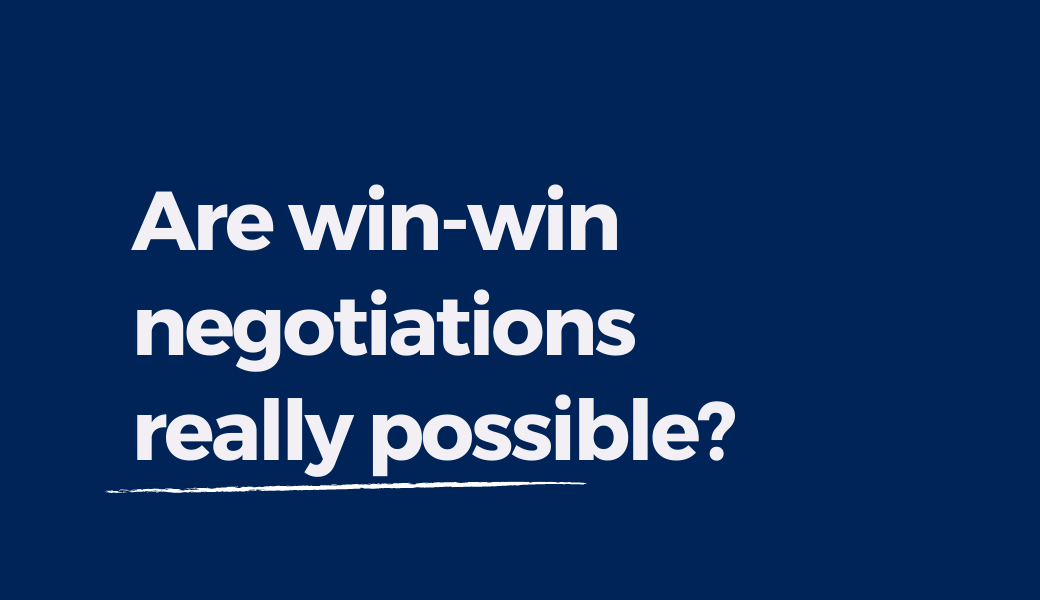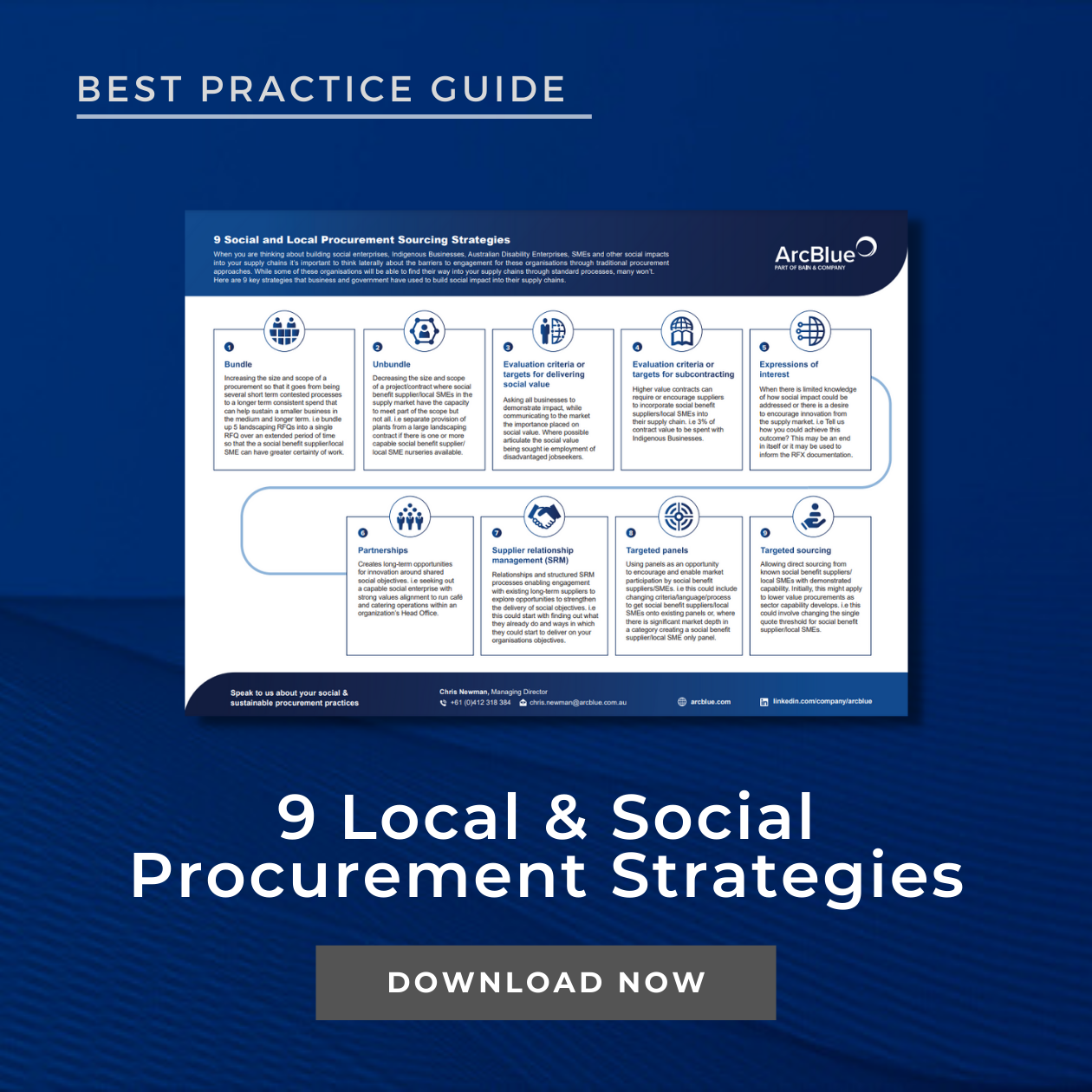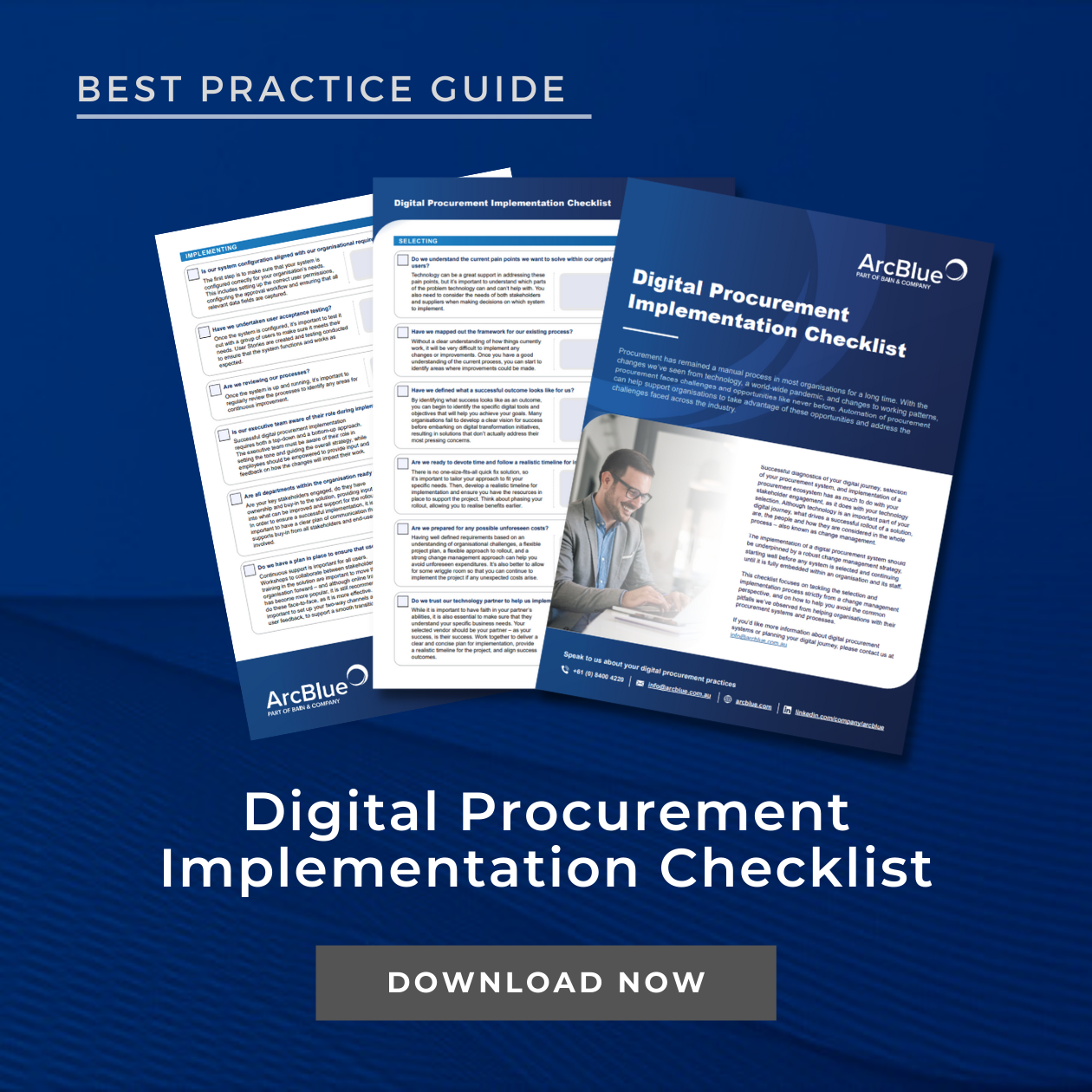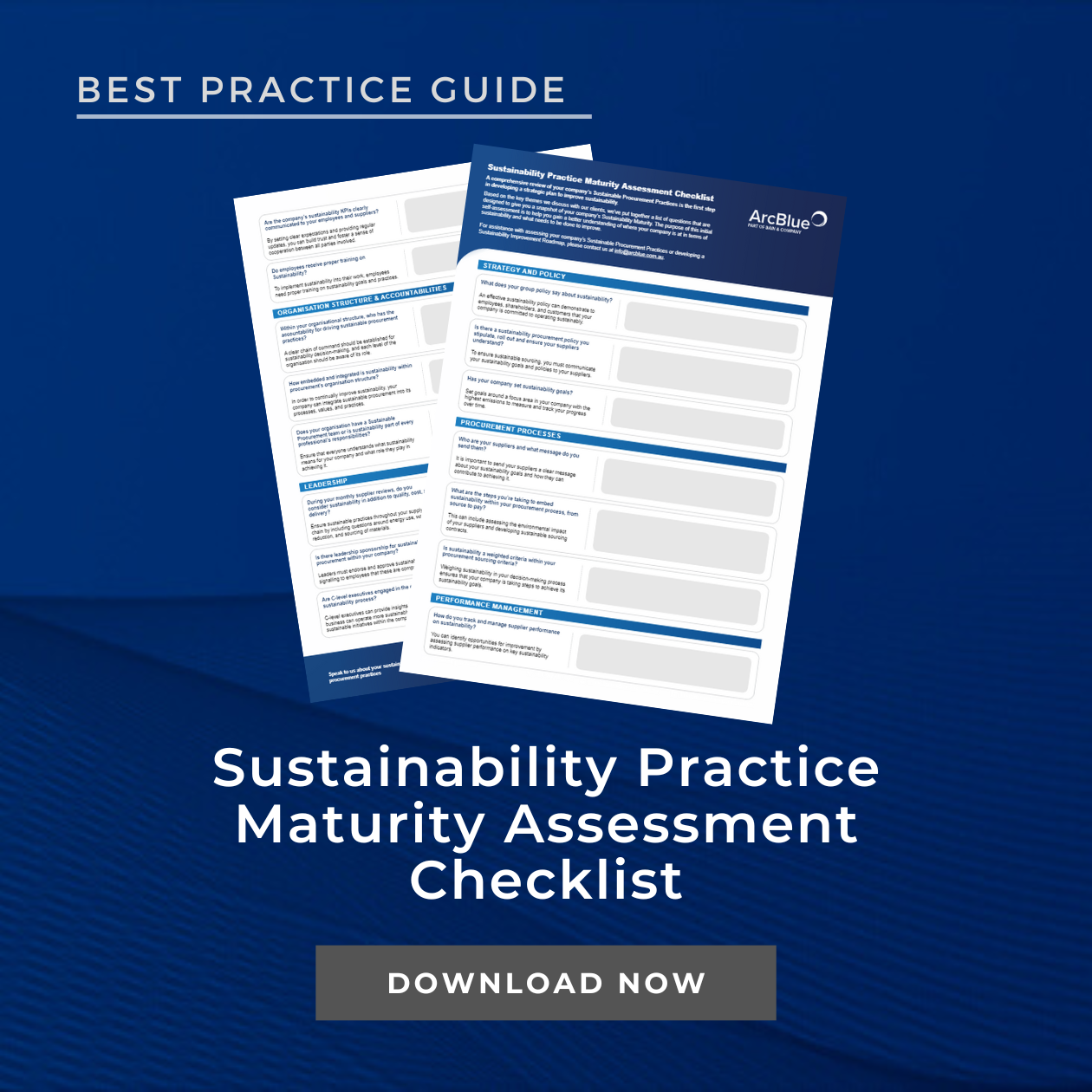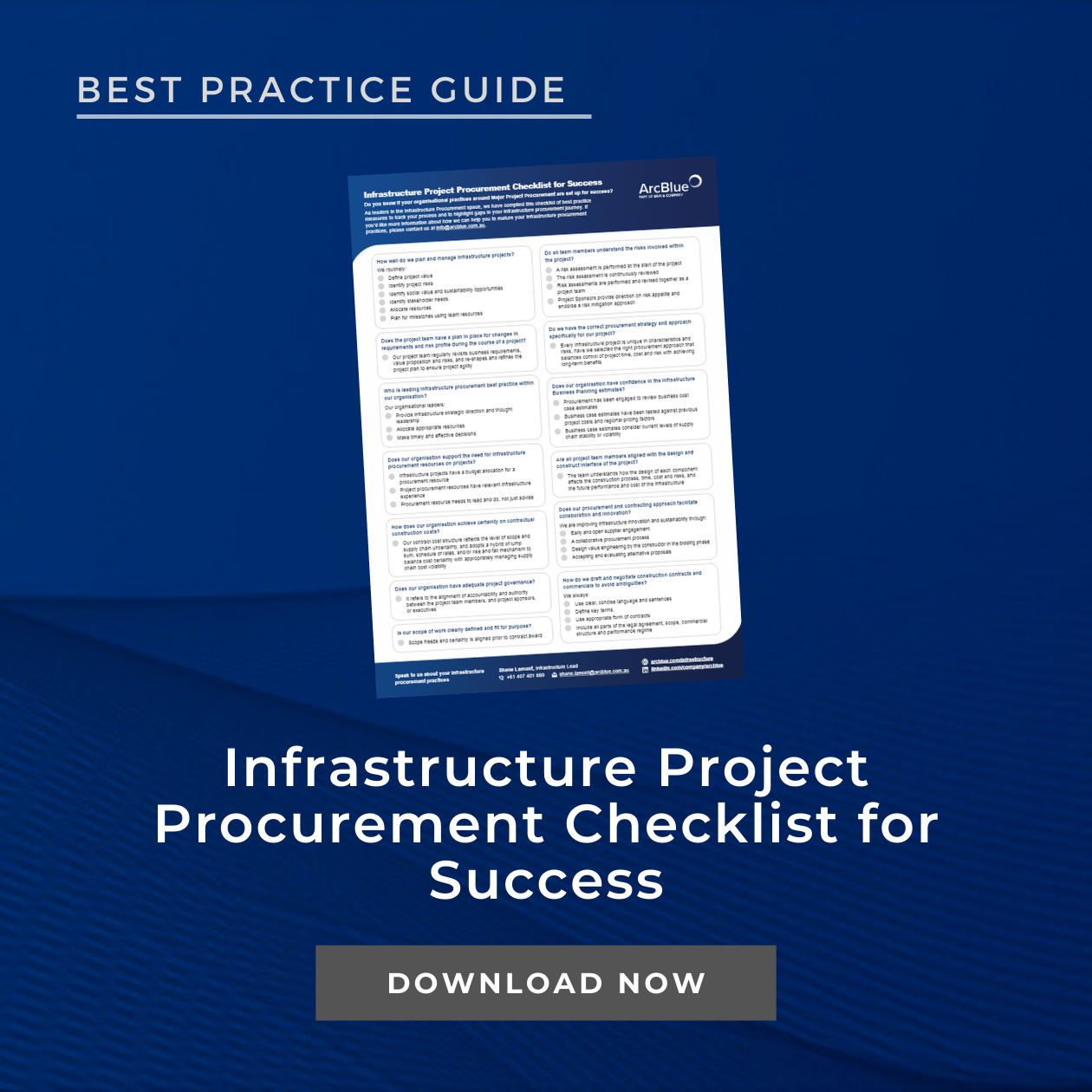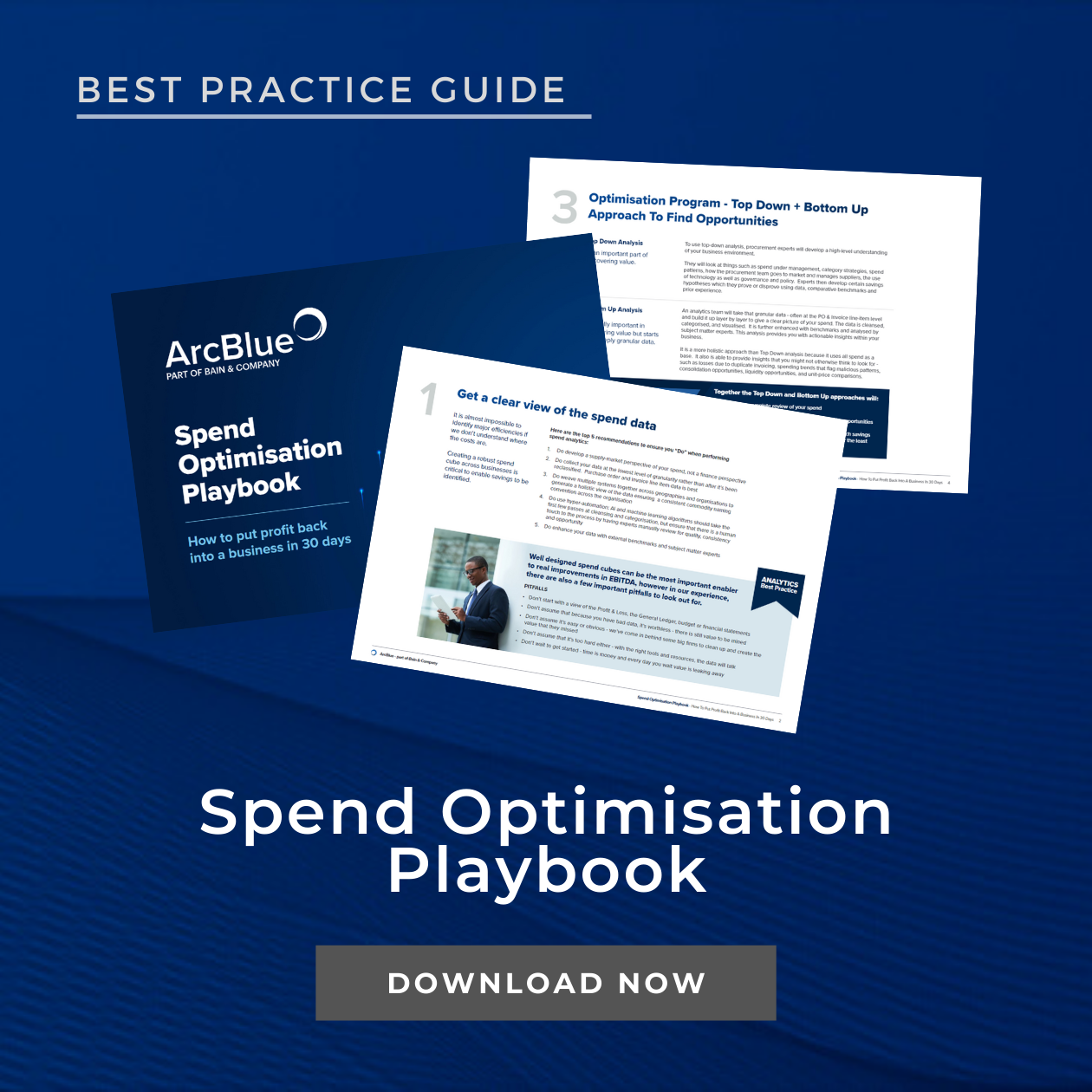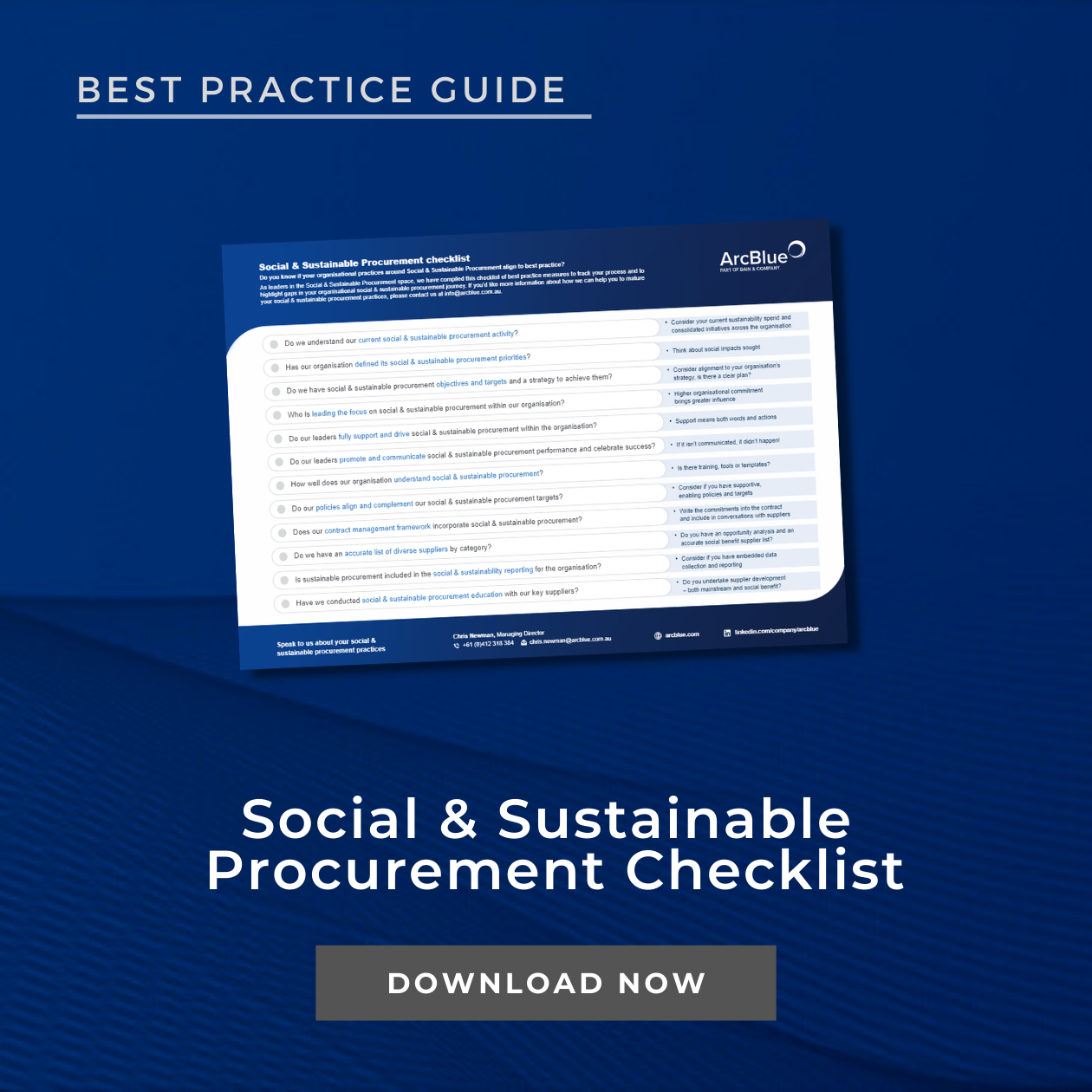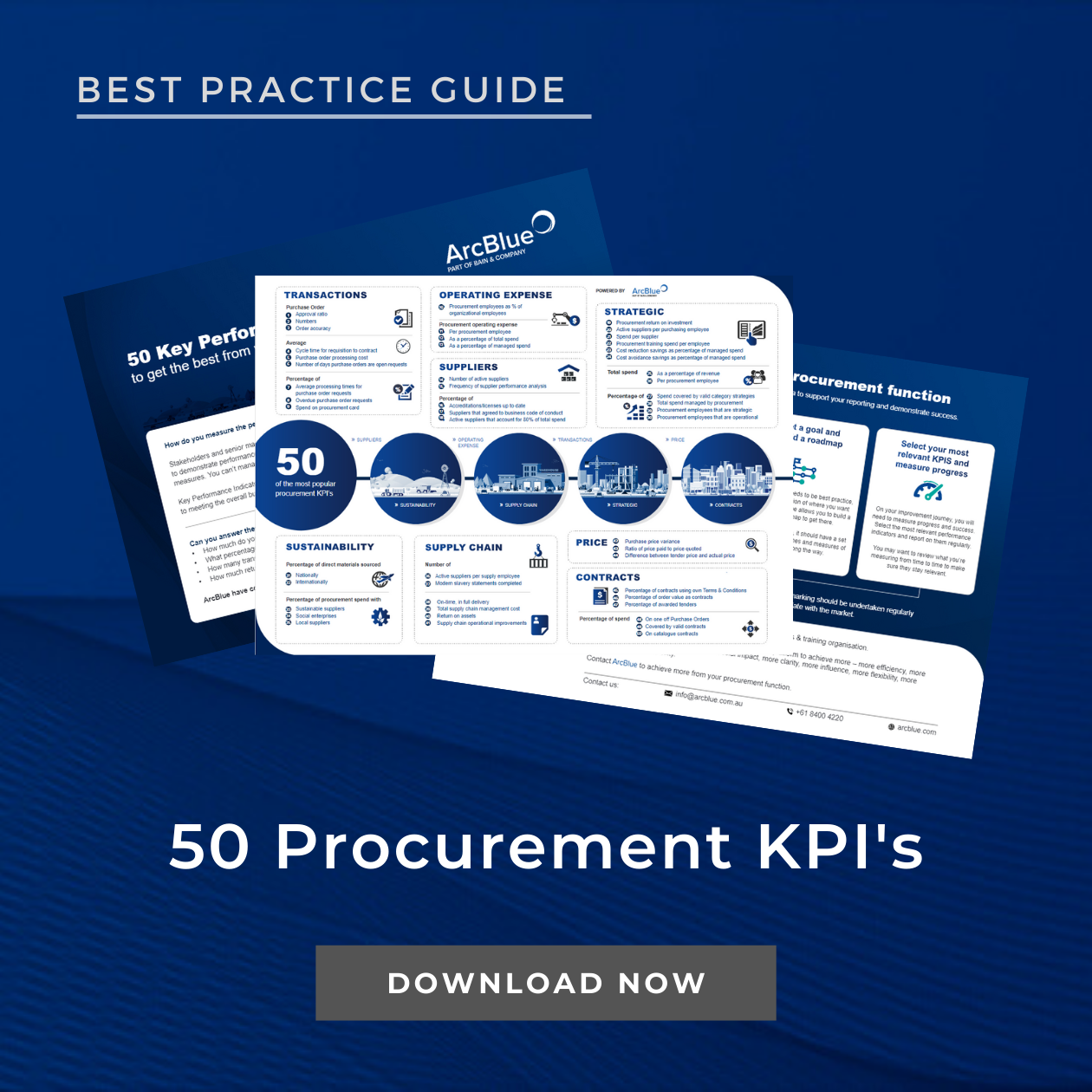- ARTICLE
Enabling Positive Outcomes in Council
September 2019
by Fiona Nissen, Director at ArcBlue New Zealand
Fiona explains why having a robust procurement strategy that is aligned to your business strategy is key in enabling your council to deliver high quality community services.
Council’s main focus is, and should be, on their communities. With limited budgets obtained through rates, revenue and grants, there is a need to ensure every form of expenditure provides maximum value for money. the quality of services and their value for money is crucial in terms of community satisfaction and confidence.
Having robust procurement strategy and processes in place can enable Council to deliver key outcomes.
The Office of the Auditor General (OAG) has recently provided a discussion paper on areas of procurement under focus to improve public organisations’ procurement practice. This focus includes a review of local government procurement to identify matters that councils should focus on to reduce the risk of procurement failures, and to highlight the importance of procurement capacity and capability.
With an estimated $9Bn spend within local government, there is strong argument to ensure all council procurement activity is robustly governed and managed throughout the life of the contract.
The annual MBIE business satisfaction survey provides insights on supplier’s perceptions of how easy it is to do business with government. Some key findings of interest included:
- Only 17% of the respondents surveyed do business with Councils; and
- 24% of the respondents said complicated procurement processes decreased their bid effectiveness.
Is your council missing out on valuable supplier bids because of your procurement processes?
Common barriers to procurement success in councils
Local government is a unique business environment, and therefore has unique challenges that can become barriers to successful procurement outcomes.
For most Councils, procurement activity is not always actioned by designated procurement teams.
Councils have established key guidance and policies that are available internally but there are challenges ensuring the processes are followed to maintain Council integrity.
Often the large projects or high spend procurement activity is well governed and monitored. While the All of Government rules of sourcing provide process, structure and guidance on the optimal behaviour for procurement activity over the threshold limits within NZ, it is often the smaller expenditures that challenge Councils the most.
This is especially interesting in the context of a recent survey of Local Government Authorities in Australia that found there is less transparency, governance and probity in the low value procurement activity within council.
This diminished view of low value procurement can be attributed to the procurement dynamic of most Councils which includes:
- Little or no procurement resourcing
- Focus on above threshold tender activity (due to arbitrary requirements)
- Little training of buyers
- Heavy workload on procurement staff to support buyers with enquiries at the time they are conducting the activity
- Inconsistent planning to ensure robust processes are conducted in a timely manner
- Some buying activity supported by panel arrangements but not enough to cover the range of low value procurement activity.
In this survey, council respondents were asked their opinion on the aspects they would change about their current procurement activity. The most common answers were:
- To use technology / automation to manage the activity (29%)
- The develop the capability of buyers (15%)
- To monitor compliance (12%)
- To follow a mandated single process (12%)
Procuring for Impact –
Procurement Excellence for Community Outcomes
LGNZ Equip has recognised the importance of enhancing the procurement capability within Councils.
To support this capability uplift within the sector, LGNZ has established a partnership with ArcBlue Consulting, a specialist procurement consulting, training and analytics organisation, and created a Council-focussed programme called ‘Procuring for Impact’. Procuring for Impact has two core streams of activity, The Learning Programme, and the LEAP Programme. These can be undertaken separately or concurrently and can be moulded to fit the needs of council.
The Learning programme includes capability development services and tools that can be selected based on the current capability development needs of each individual council. These services and tools include training, webinars and capability assessment to establish a baseline for skills development.
The LEAP programme is a long-term consulting and spend analytics programme that provides continuous improvement to the procurement function as a whole. LEAP includes benchmarking and is most valuable when undertaken by multiple councils to allow for comparison of performance and a baseline to set targets on.
The programme addresses the need for ongoing continuous improvement through its multi-year approach and combines consulting, organisational assessment, analytics and training using 9-dimensional review and development.
Real results from real councils
The LEAP Programme was piloted in 2016 and is now into it’s second year of delivering real benefits to councils. This example highlights a council who was focussed on establishing a prioritised category management structure to ensure the services delivered offered and demonstrated value for money for ratepayers.
The programme prioritised actions based on an assessment of the potential benefits, and ease of implementation of the identified opportunities.
A review of expenditure in the Trade Services category found:
- The total spend in the repairs and maintenance category for FY16 was $2.68M (based on ArcBlue dashboards established using Council data)
- The repairs and maintenance category saw 154 suppliers used with 0 contracts in place.
- The analysis of a sample of invoices during the pre & post panel period found that the pre panel hourly labour rates were on average higher by approximately 22% than the contracted panel rates for these suppliers.
- By separating the labour charges from materials and other charges on the sample invoices, it was determined that if the contracted panel rates had been applied the savings on that sample would have been approximately 21%.
Benefits Summary
- There are now a total of 30 suppliers on the trades services panel across 7 trades
- Panel in place with fixed rates
- Estimated Labour Cost Savings 21%
- Estimated Overall Savings are 15.5% across the category
Additional Benefits Summary
There are a number of other benefits that have been realised including the following:
- Reduction in open tender processes with benefits including:
- Procurement time commitment reduction across the organisation
- Greater capacity for key operational staff to focus on key contract / project / programme management activities
- Streamlined engagement process for Council and suppliers
- Reduction in procurement risks due to procurement process and probity services being available and provided across the organisation
- Significant procurement support to major project procurement
- Greater organisational engagement with procurement providing the opportunity to provide better practice advice and support to procurement activities
- Procurement led tender processes and contracts
Questions to ask to get you on a path
Councillors, and Council Executives are now seeking answers to questions such as:
- How well is our procurement framework currently functioning?
- Do we have visibility to our spend and are we utilising this information to extract further value for money?
- As a sector, how much do we know about procurement within local government?
- How does our Council compare with similar councils in NZ?
- Do we have stringent processes and checkpoints in place to ensure compliance to legislation and policies?
- Who does procurement in your council? How aware are they of the requirements and the preferred policies and processes that should be taken for any procurement activity?
- Who do they go to for help? Do they have the sufficient data?
- What are the gaps you see that your council needs to rectify to ensure your procurement activity supports the Council objectives?
Many people in councils are involved in procurement and good practice in procurement is the result of those people, processes, methods, tools and organisational strategy being aligned. If councils are to become more commercial and outcomes-focused, then ensuring procurement has a broader commercial perspective, incorporating contract management and supply chain management, is essential, as is a focus on commercial management and on supplementing technical skills with behavioural skills in order to better engage with the wider organisation and supply markets. It requires a clear framework and simple processes, enabled through technology.
The suppliers want this; the ratepayers want this; the government want this.
So why wouldn’t we do it?
Why not make this year the Year of Procurement?
ArcBlue is one of the Asia Pacific’s largest, dedicated procurement consultancies. Our public sector experts each have experience leading public sector procurement functions, and approach their work with passion, authenticity, innovation, accountability, and collaboration.
INSIGHTS
RESOURCES & DOWNLOADS







